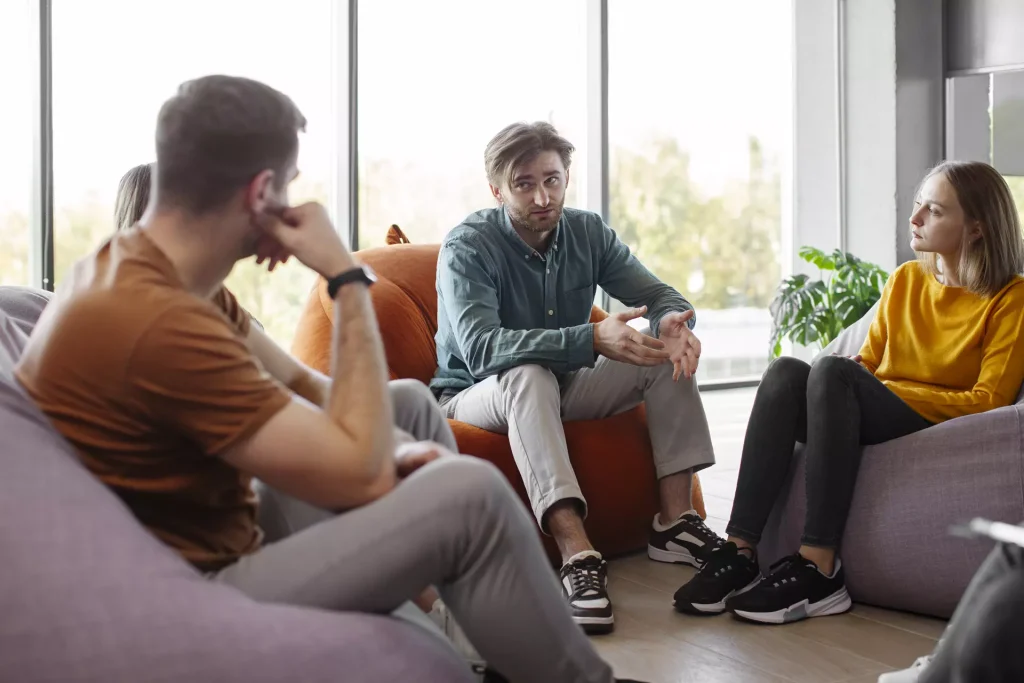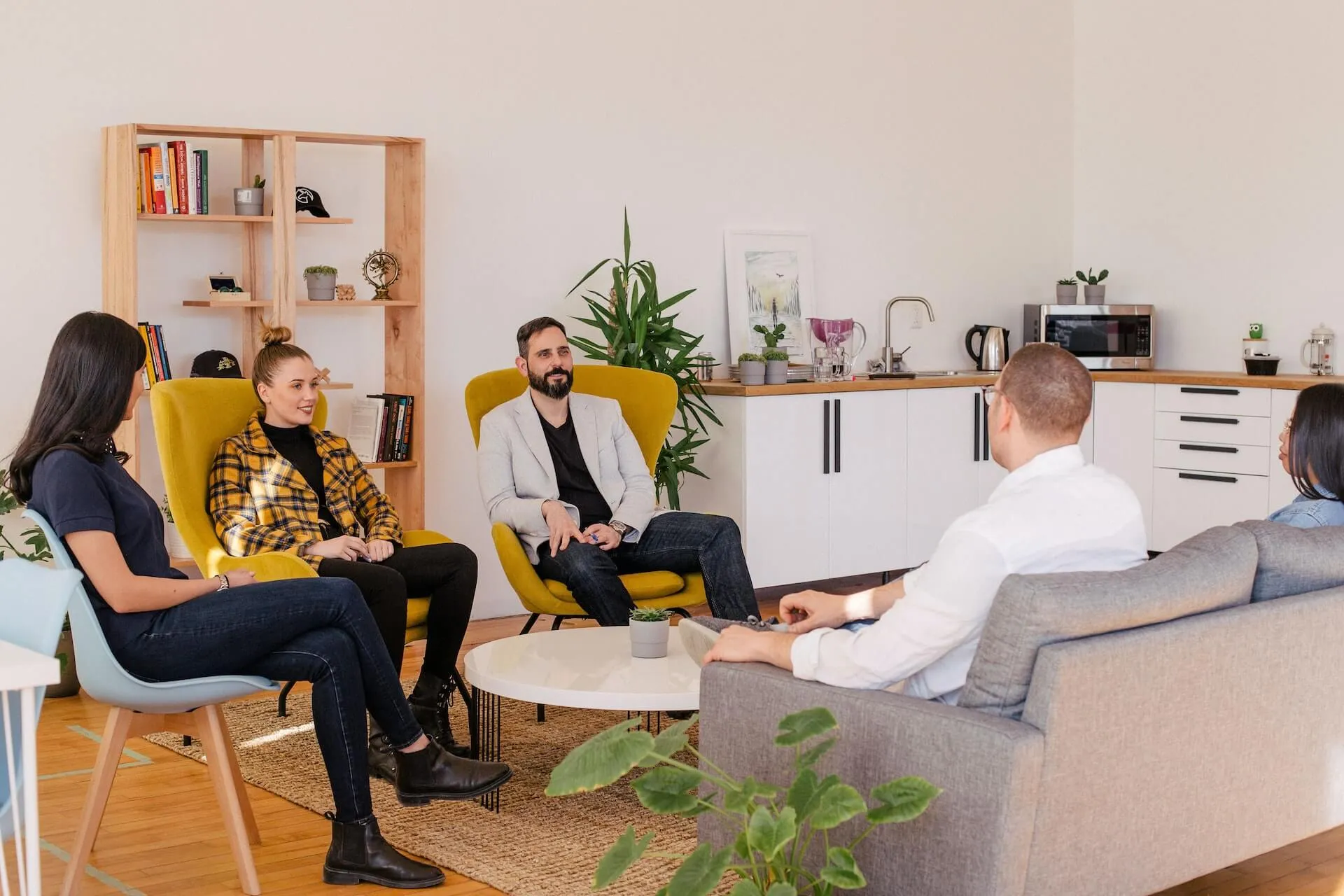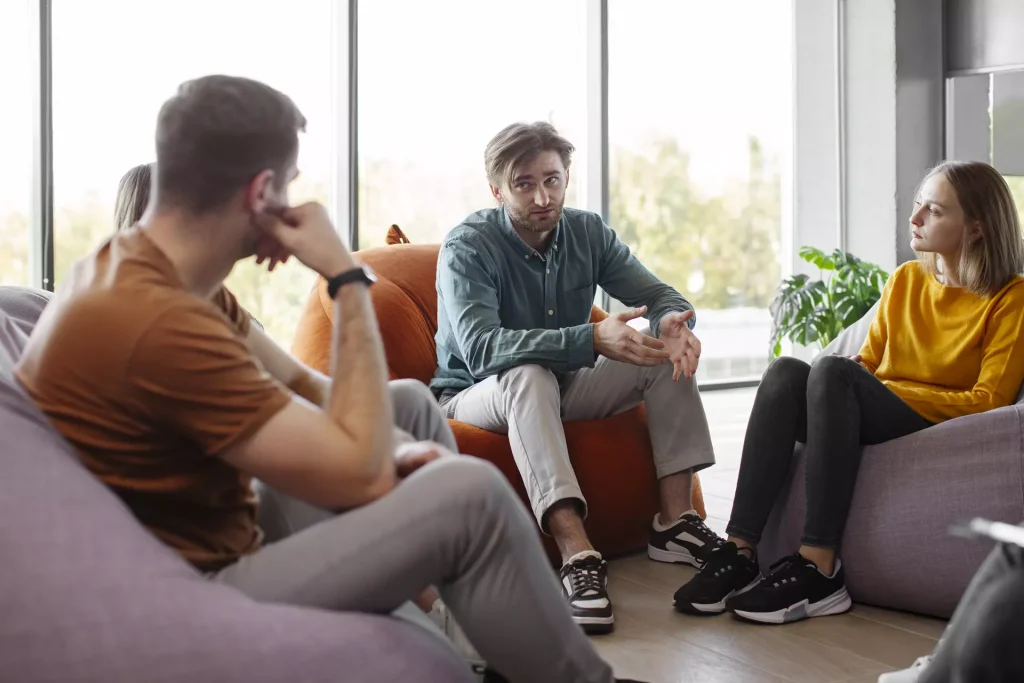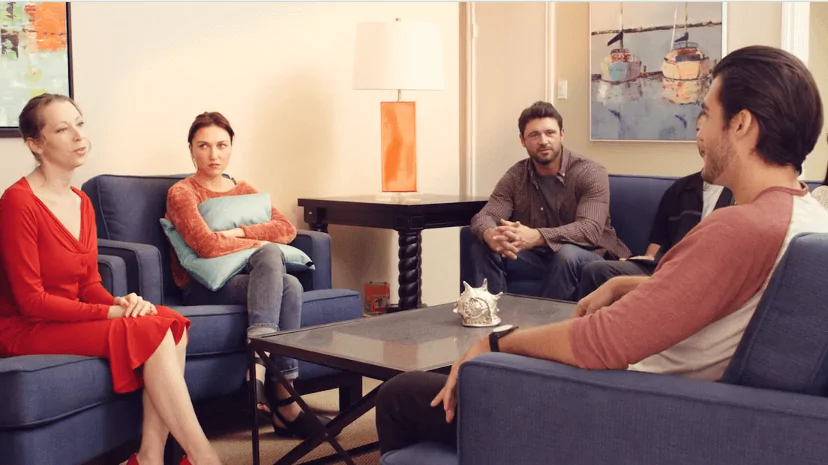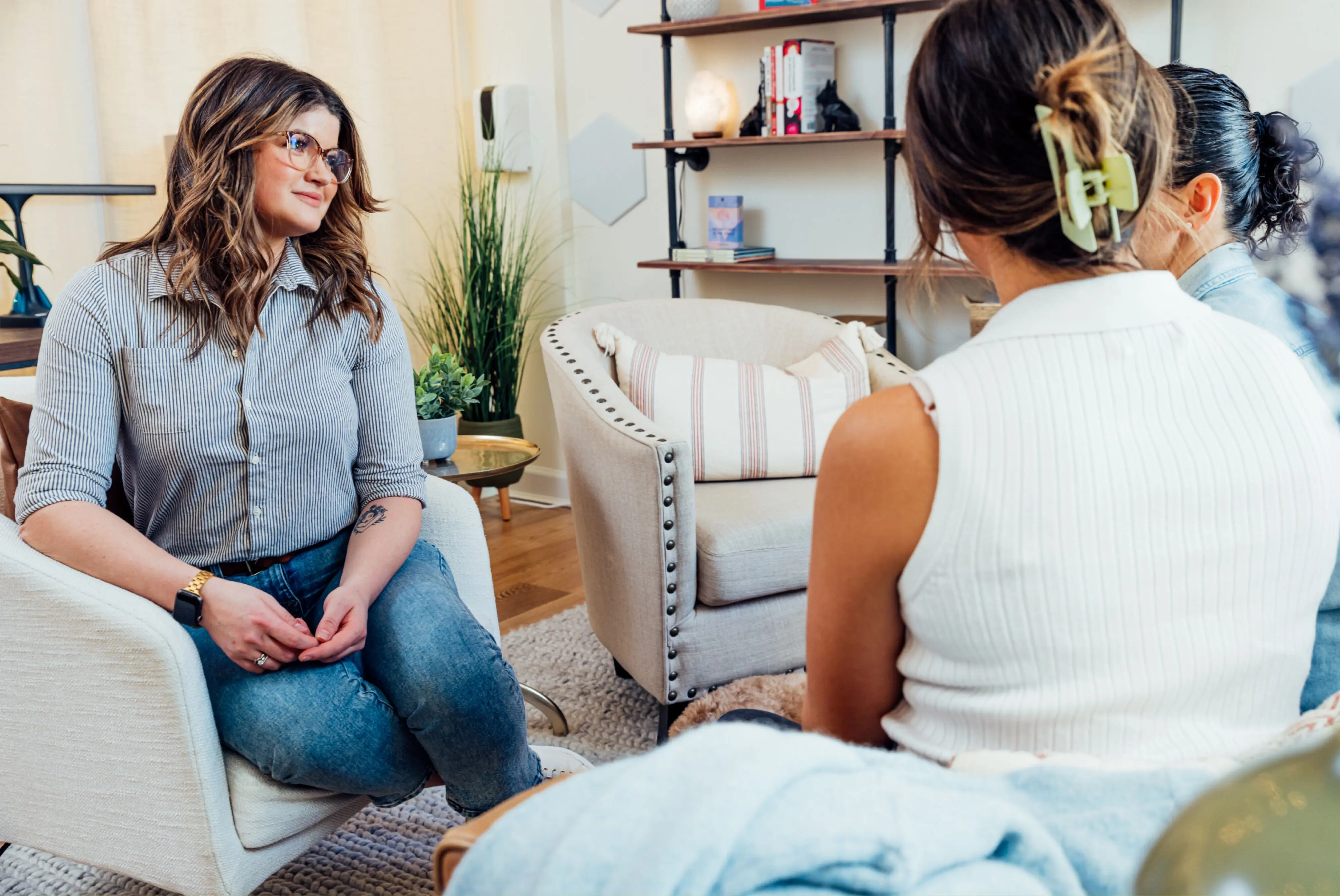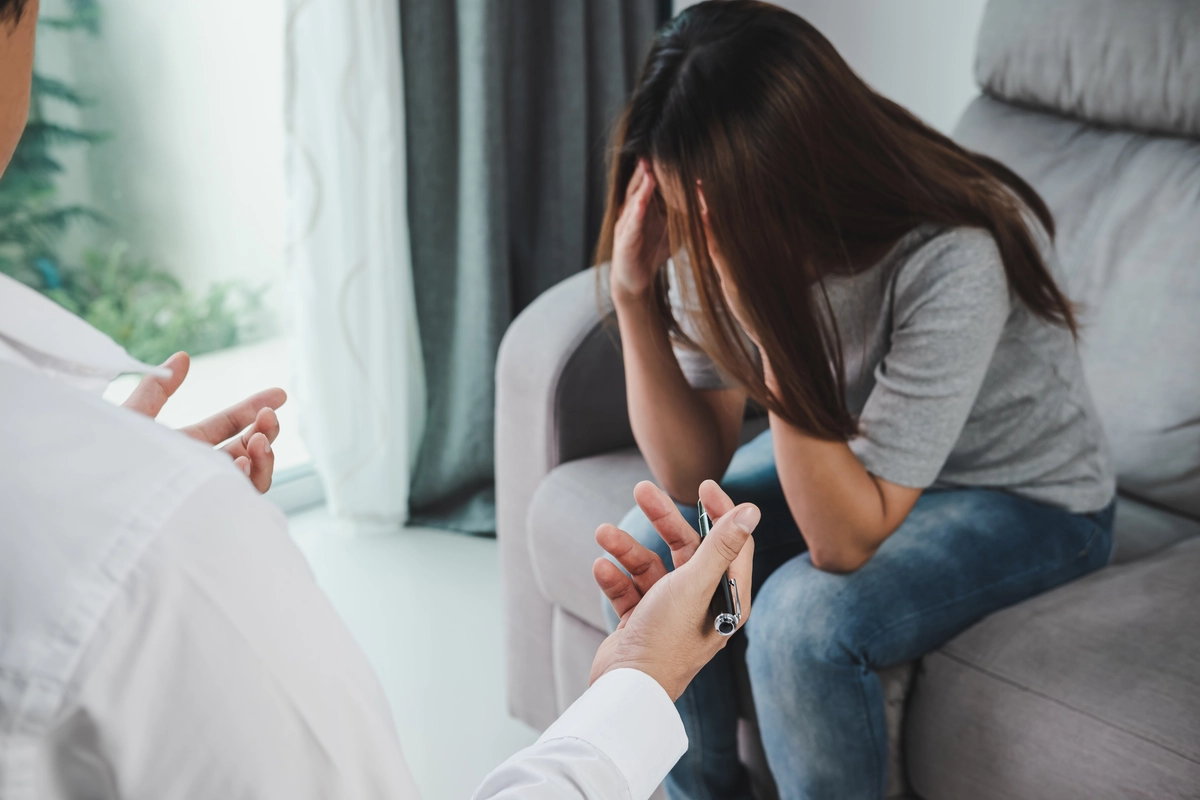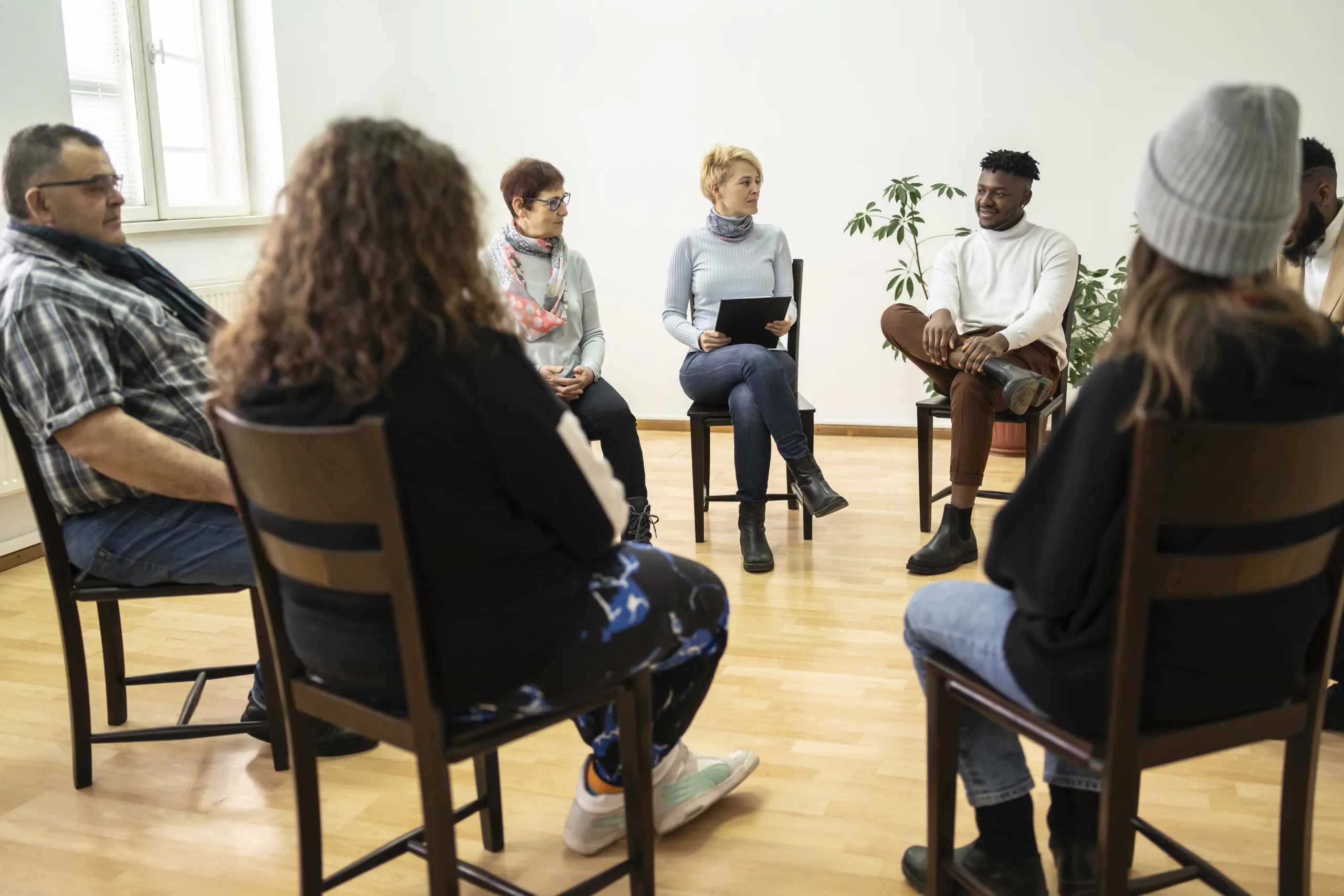24/7 Helpline:
(866) 899-221924/7 Helpline:
(866) 899-2219
Learn more about 90-day Rehab Program centers in Sleepy Eye

Other Insurance Options

Coventry Health Care

Health Partners

Amerigroup

Carleon

Magellan Health

EmblemHealth

BlueCross

Horizon Healthcare Service

Anthem

Medical Mutual of Ohio

MHNNet Behavioral Health

Health Choice

United Health Care

AllWell

WellCare Health Plans

Private insurance

Evernorth

Optima

Aetna

WellPoint


New Ulm Medical Center – Substance Abuse
New Ulm Medical Center – Substance Abuse is a private rehab located in New Ulm, Minnesota. New Ulm M...

Nova House Intensive Residential Treatment Services
Situated in New Ulm, Minnesota, Nova House Intensive Residential Treatment Services (IRTS) is a drug...











